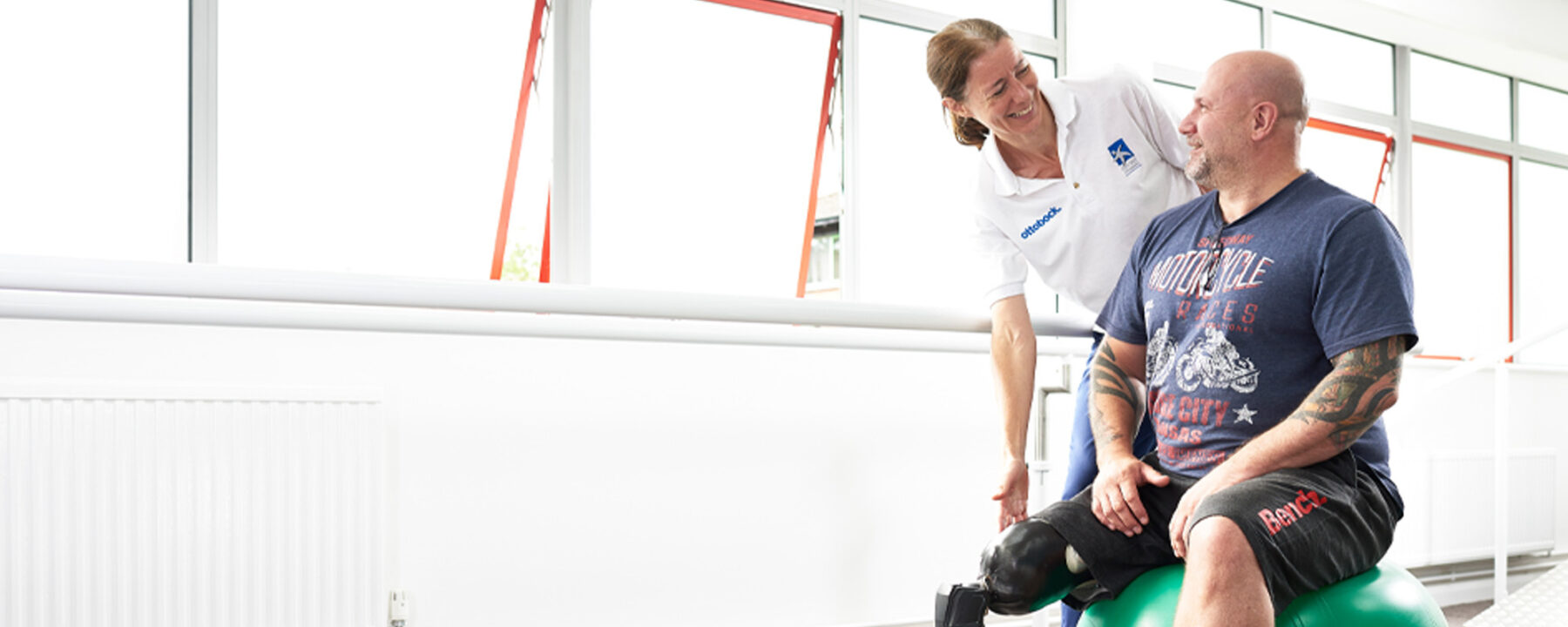
Physio Facts - Goal Setting
Goal Setting
A really important part of rehabilitation is setting goals, it’s not just for the cheesy go get ‘em, reach for the stars kind of thing but also so that you can break down what you want to do into a rehab programme. Athletes will goal set in a cycle, for example, their goal will be top 5 at the next Olympics, they work back from then. You have a time scale; 4 years and a goal of so many seconds in a sprint race. They then see where they are at now, how many seconds do they need to shave off, what races do they need to attend for experience and for qualifying times, when is team selection. This then starts to form the structure of their training. When you’re anyone, amputee or otherwise, recovering from an injury is just the same, you know where you’re at now and you know where you want to be, I’m here to help with the middle bit; how to get there!
This is one of the few areas in life where we start from the end…..So where do you want to be? What’s the ultimate goal? Do you want to be able to hike for 4 hours or do you want to be able to walk a flight of stairs. It doesn’t matter what your goal is as long as it is important to you, make sure you’re specific about exactly what it is. If you’ve said you want to walk further, you need to decide how much further, an hour, a mile? It then needs to be measurable, either distance or time is a good one. Or being able to do something that you can’t do right now. It’s best if it is totally clear cut yes I have achieved this.
We also have to make sure it’s achievable, this is where you need to manage your expectations. It’s all well and good reaching for the moon and setting big bold goals but if you’re never going to get there then you’ll lose motivation. As an amputee your life has been changed dramatically and it will never be the same as before but that doesn’t mean it can’t be as good, or even better. So if your goal is to rock climb again, great but you won’t be rock climbing with the same technique as you did before, you’ll need to modify the skill and this can sometimes be hard to get your head around. Just because you’re an amputee now doesn’t mean you should have bigger goals either, if you didn’t want to be a runner before don’t feel like you have to be a runner now, be content with what you want, not what you think is expected of you.
Have you got a goal in mind now? Is that goal realistic? Can you do it in the time frame you’ve set? Do you know exactly when you’ll have achieved it? Yes? Then perfect now you can plan how to get there! So if for example your goal is to walk 100m, right now you’re in a wheelchair, a new amputee about to have a leg fitted. We need some stepping stones, smaller goals and tasks to reach that will help you on your way.
I would in clinic help a patient plan this out and normally we’d start with an exercise programme, some simple stuff that you can do lying down or sat in a chair. This prepares your body for the task ahead and makes sure you have the ability, strength, mobility and endurance to then walk well. The next task would be jointly with a Prosthetist, getting a well-fitting socket that is comfortable enough, this is another area where expectations need to be managed. A socket and a prosthetic leg will never be as comfortable as your normal leg but it’s a sacrifice you make to be mobile again. It shouldn’t be painful and you need to be honest and open with your prosthetist so they can make changes and adapt things for you.
Once you have a leg and your body is strong enough usually I’d now set the task of being able to Sit to stand from normal chair height. Then move on to taking one step forward, one step back. Learning to swing the prosthetic kicking a big bouncy ball. Getting balance by side stepping and doing drills. Though none of these are practicing walking they will help you in the long run and are breaking down the skills needed for a good, safe, effective gait.
You then might walk in the bars, walk with one stick, no sticks, on different terrain, inside, outside, on slopes. Steadily you’d up the distance, a little goal might be 10m and every week you decide to go 10 more, until hey presto that’s 100m in the bag!
Give it a go, I know it’s a bit cheesy but I do this all the time in all areas of my life and it works. Get a piece of paper: Write down your big goal, then break it down into manageable steps, give the whole process a time frame if you want, maybe even write down the treat you’ll give yourself when you reach that goal. Like any skill, goal setting takes practice, knowing what’s realistic and a good time frame is down to experience so try it a few times and learn from your mistakes. If you feel like you’re off track then write a new sheet, maybe the first one wasn’t appropriate. Just never give up on yourself because believe me you are absolutely worth it and nothing feels better than reaching that dream!
Please email Beth with any questions you may have - bethl@dorset-ortho.com
